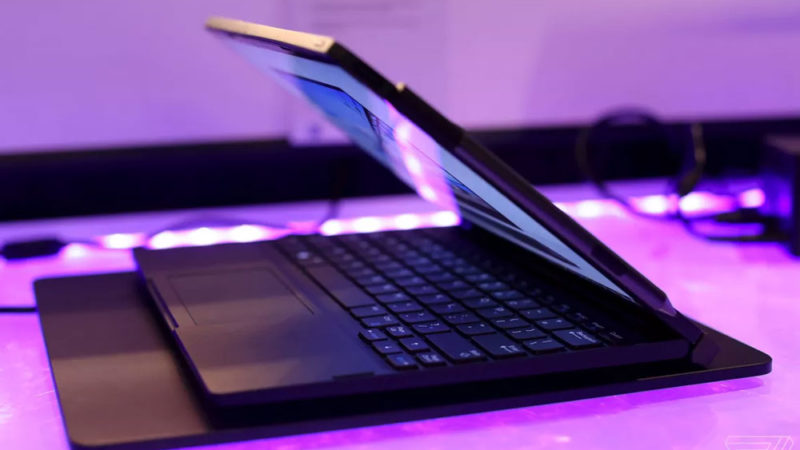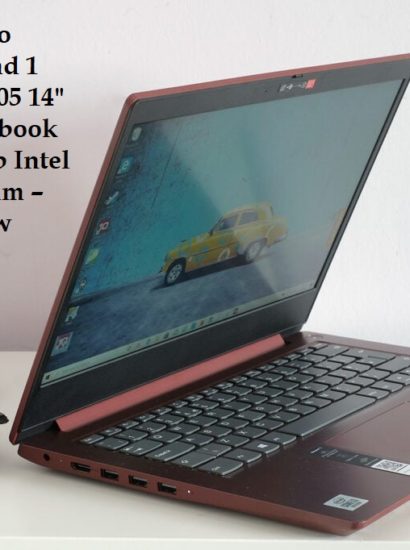Have you ever wondered what turns on our computers, laptops, televisions or lightbulbs? You might answer electricity, and you’d be right. But what’s the deal with electricity exactly? You may know that electricity occurs in nature, for example, when there is lighting, but do you understand how it keeps our devices running?
“Current electricity” turns on our electronics like computers, laptops. But how does it work? We’re about to take a close look at what is powering up your computer.
Electricity is defined as the flow of electric charge. To really understand what that means, we’re going to have to revisit the chemistry class from high school. Don’t worry – we won’t go in-depth, but we do need to start at an atomic level.
Atoms exist in over a hundred forms as chemical elements such as carbon, oxygen, hydrogen or oxygen to name a few. Even though atoms are small, we’ll still have to go smaller and speak about protons and electrons to help you understand what makes your computer power on.
Atoms are built out of electrons, protons, and neutrons. Neutrons have a neutral charge, and while they’re important they have little to do with current electricity and won’t be mentioned here. Protons are located in the center of the atom, and a group of electronics orbits around the nucleus of the atom.
We hate to drag you back to chemistry 101, but it’s worth mentioning that the number of protons is the atom’s atomic number. The number of protons in an atom, or its atomic number, defines what element the atom is. Copper has 29 protons, for example.
When an atom is stable and balanced, it will have the same number of electrons and protons. Note that the electrons aren’t bound to the atom. In fact, there are valence electrons, the electrons on the outer orbit of the atom that can escape orbit and become free.
The reason why free electrons are important is that they move charge. A charge is simply a measurable property of matter. You can measure how much charge there is. The charge can be positive, or negative. Electrons and protons have the same amount of charge, just different types – electrons are negative and protons are positive.
The electrostatic force operates between charges. Charges of the same type repel each other, while opposite charges attract. The closer the two charges are, the more force there will be, as protons and electrons push together or pull away.
Electrostatic force means that electrons will push away other electrons and be attracted to protons. This idea is key to making the electrons flow, powering on your computer.
Freeing an electron and forcing it to move creates electricity. By pushing a valence electron towards another negative charge or attracting it with a positive one, we can free an electron from orbit, creating a free electron.
The free-electron will find a new atom to latch on to, but the negative charge of this new addition ejects another valence electron from the new atom. The next valence electron attaches to the next positive atom, repelling another electron out of orbit. You can see how this can form a chain. When a flow of electrons is created we call that electric current.
On a side note, you may have heard of conductivity. Elements that release electrons easily are called conductors. These are the types of materials that make up your computer – copper, silver, gold, and others. You’ll find these inside of your computer.
Now let’s get down to circuits. A circuit could be as simple as a conductive wire connected end to end – it is closed, never-ending loop on material that is conductive.
So now we know how electricity works – through the flow of electrons through matter. But how do we induce the flow of electrons so our computer will power on?
One common way we power things on is through a battery. They have two terminals that connect to the rest of the circuit. You’ve probably seen a battery with a plus sign on one side, and a negative side on another. These are the charges. When we connect our circuit to a battery, electrons are repelled by the negative side and simultaneously attracted to the positive side, creating the flow of what we know as energy.
So next time you turn on your computer, take some time to think of all of the things going on that make electricity happen. It’s kind of mind blowing.













